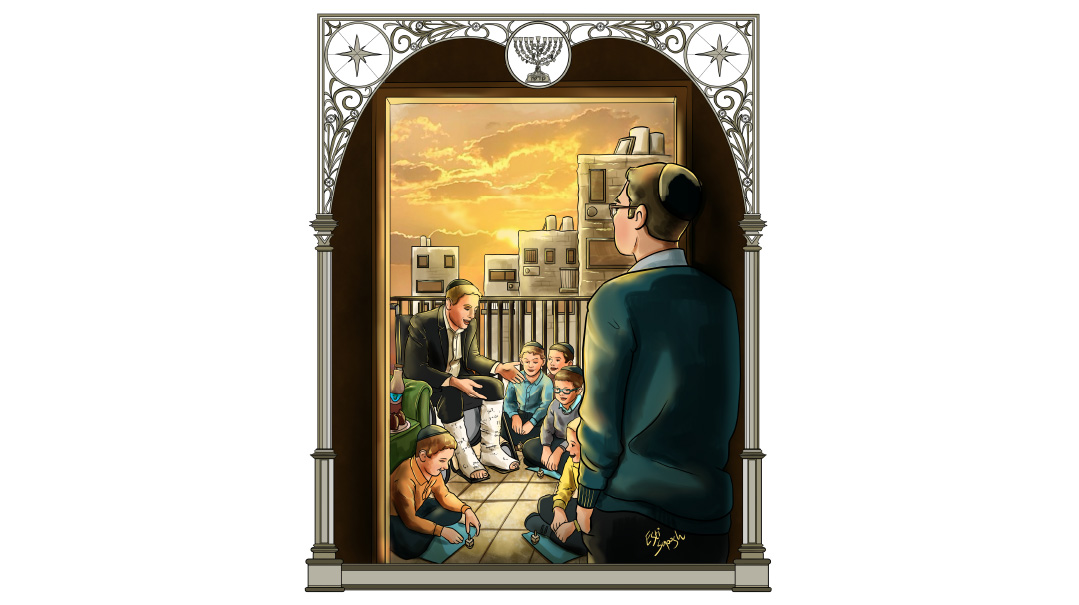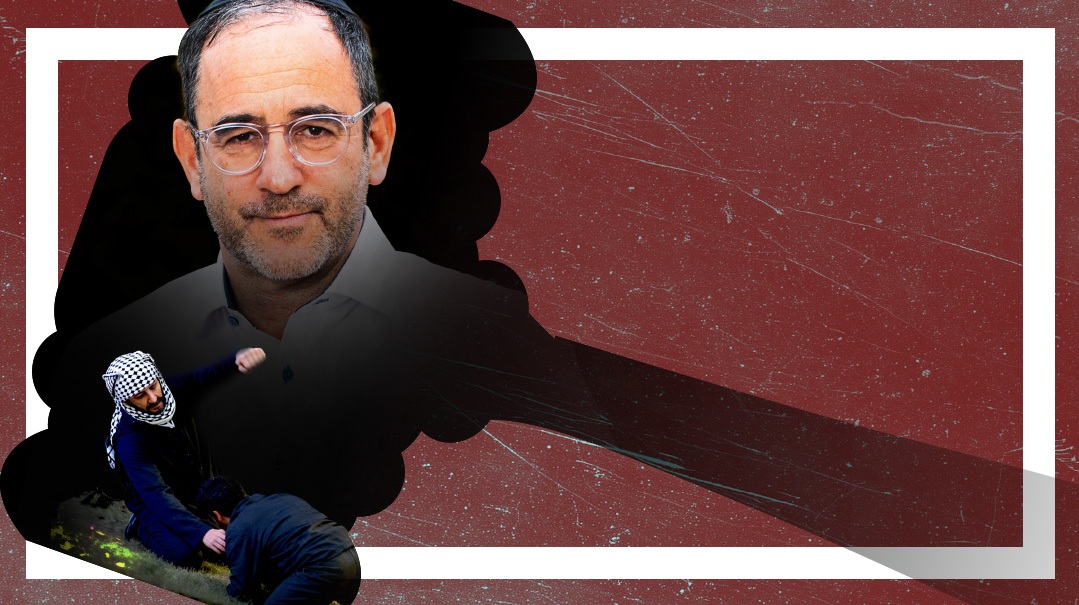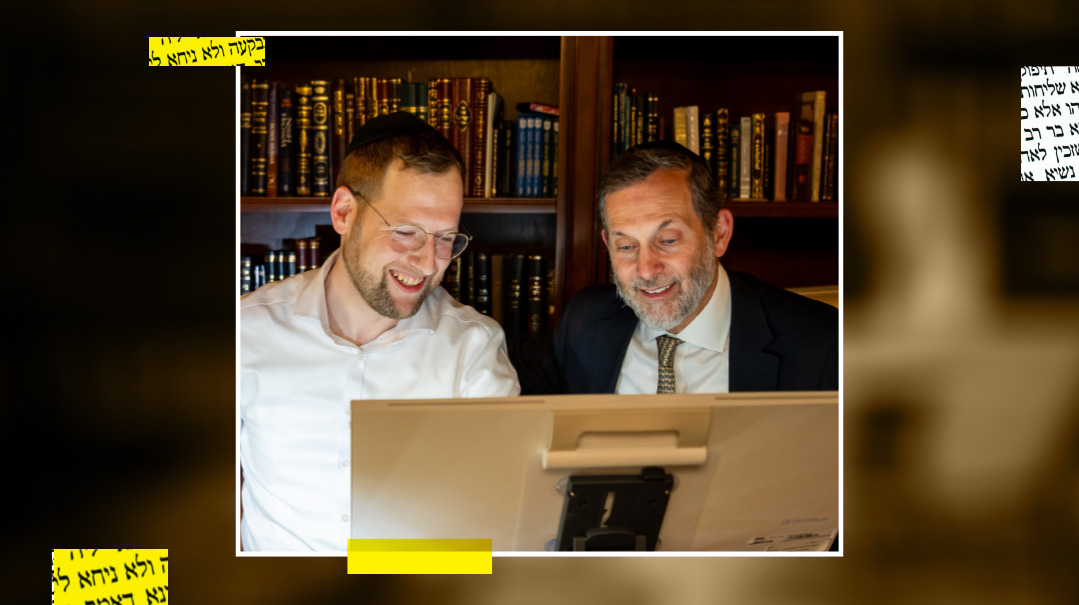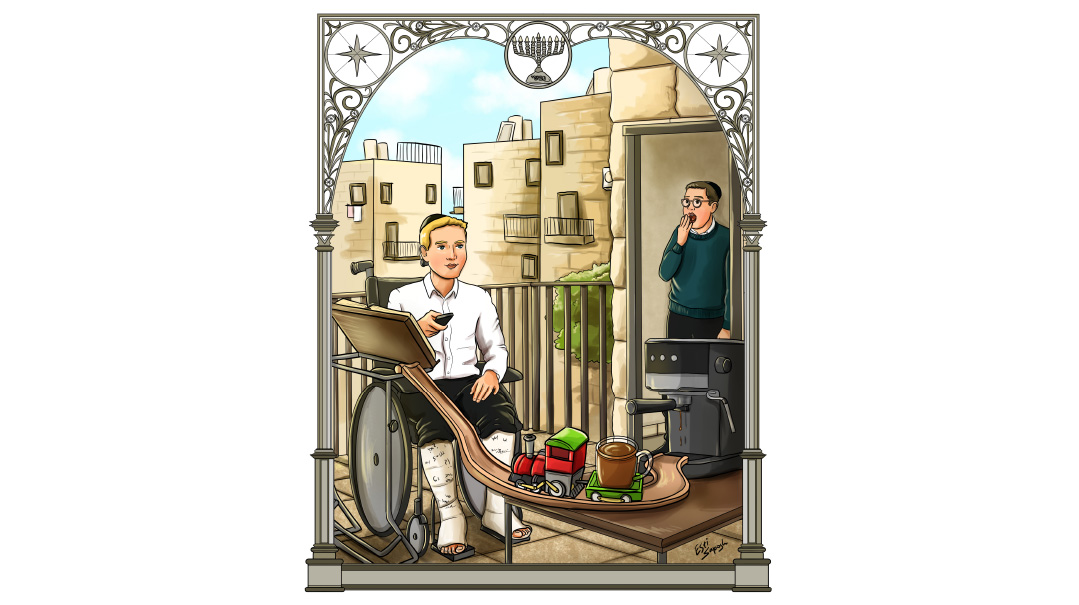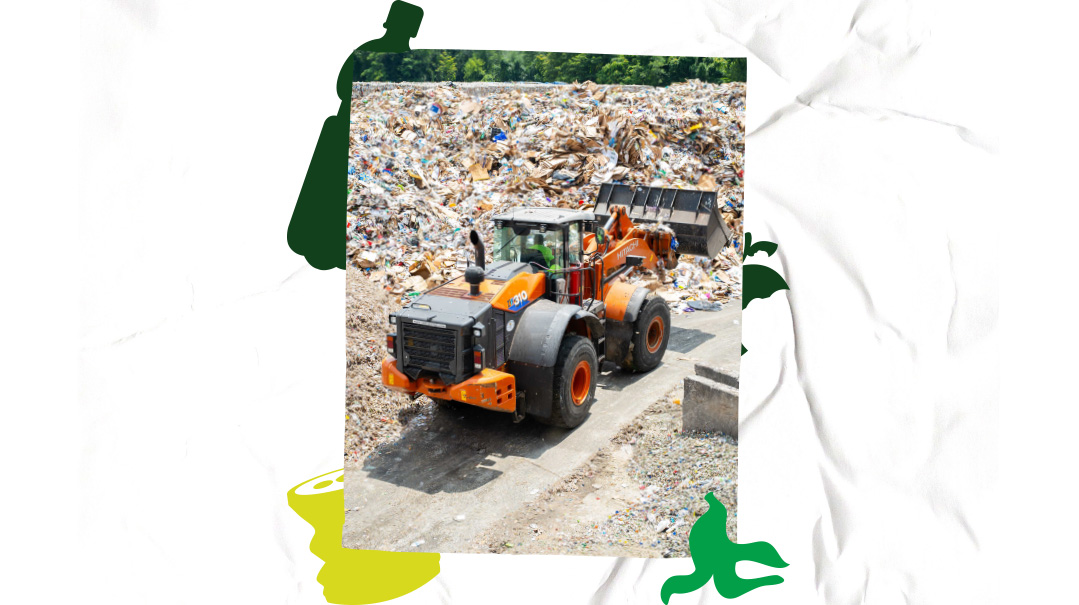Other Side of the Mountain

You might not have to scale a mountain in Jordan to get to Aharon HaKohein’s kever
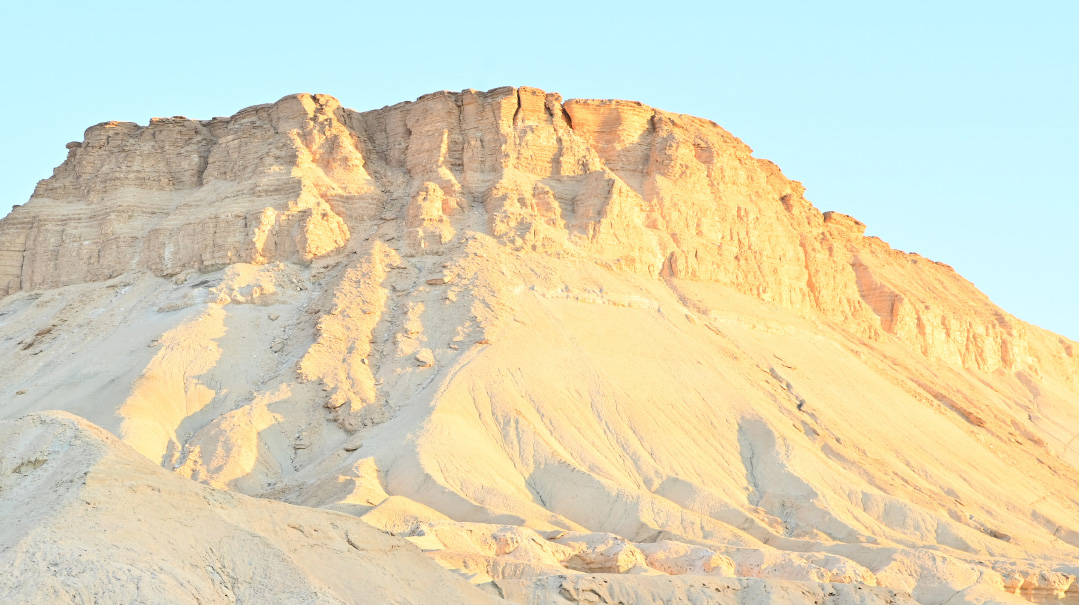
Photos: Aviad Partush
This Shabbos, Rosh Chodesh Av, marks Aharon HaKohein’s 3,297th yahrtzeit. If you’re in good shape, don’t mind climbing a mountain in southern Jordan, are willing to hide your tefillin and daven in secret, you can be at his kever the following day to mark the occasion. But what if you really don’t have to travel that far, or even need a passport — just a Jeep and a few hours to head down south?
IT was just before Rosh Chodesh Av, 1996, and the Israeli-Jordanian border had just been opened to free passage for Jews with Israeli passports. Over 100 chassidim, stripped down to their white shirts and sun-visors, didn’t let the opportunity go to waste. They straddled their donkeys and began the ascent up the Jordanian mountain “Jabal Haroun” (“Aharon’s Mountain”), which for centuries has been considered the Biblical site of Hor Hahar, the burial place of Aharon HaKohein.
While the dates of death of many Biblical figures are found in midrashic sources, the date of Aharon HaKohein’s death — Rosh Chodesh Av in the 40th year in the Desert, as Bnei Yisrael was on the cusp of entering Eretz Yisrael — is the only one mentioned in the Torah (Bamidbar 33:38): “And they traveled from Kadesh and camped at Hor Hahar, at the edge of the land of Edom. And Aharon HaKohein went up to Hor Hahar, at the command of Hashem, and there he died in the fortieth year, after Bnei Yisrael had come out of the land of Egypt, in the fifth month, on the first day of the month.”
These would-be mountain climbers decided to honor Aharon’s 3,268th yahrtzeit in style, with a first-ever pilgrimage to what many considered to be his grave atop Hor Hahar.
“It was an adventure I’ll never forget. It took my bones two weeks to recover,” remembers Meir Rubinstein, longtime mayor of Beitar and one of the organizers of that first trip. At the time, Rubinstein was a young Breslover avreich living in the nascent Jerusalem suburb of Beitar and working for Derech Tzaddikim, a company that organizes tours to holy gravesites in Europe and accessible points in the Middle East.
For just $200, participants were treated to overnight hotel accommodations, glatt kosher meals, and luxury air-conditioned coaches from Jerusalem to Wadi Musa in southern Jordan. Wadi Musa (literally, “Moshe’s Riverbed”) is a village filled with upscale hotels and other tourist amenities to accommodate the many visitors to Petra, the mysterious ancient Nabatean city whose skyscraping palace is carved into the red rocks of the mountains of Edom. Petra lies at the foot of these red desert mountains, and Jabal Haroun, or what might be Hor Hahar, is on top, the white dome of an ancient tomb glistening like a tiny pearl on the horizon. The opulent accommodations, though, would become history from this point on.
To put the region in its Biblical, geohistorical perspective, the Kingdom of Transjordan was established by the British on what is Biblically known as Ever HaYarden, the “other side” of the Jordan River. This area covers the Biblical lands of Edom, Ammon, Moav, the Emori, plus the Bashan and Gilad. It was in today’s Jordanian desert that Bnei Yisrael spent the last leg of their journey before entering Eretz Yisrael.
According to the tradition that Jabal Haroun is Hor Hahar, Wadi Musa (a huge boulder with a natural spring trickling down its side) is allegedly the site of the rock that poured forth water when hit by Moshe Rabbeinu, which, according to the Torah, was in the same general area as Hor Hahar. Travelers to Hor Hahar often use the water pooling at the bottom for a mikveh, and even take some home with them in a bottle. And Har Nevo, the general area of Moshe’s burial place and the point from which he saw all of Eretz Yisrael before his death, is nearby, too, and still boasts a spectacular view all the way to Jerusalem.
Then there’s the hiker’s dream, Jabal Haroun (Hor Hahar), accessible initially by donkey and from midway up where the slopes become near-vertical, only by foot, and only by the brave and hearty. It’s no tiyul for weaklings, no matter how scholarly, learned, or spiritual.
Oops! We could not locate your form.

